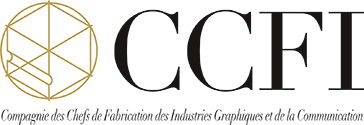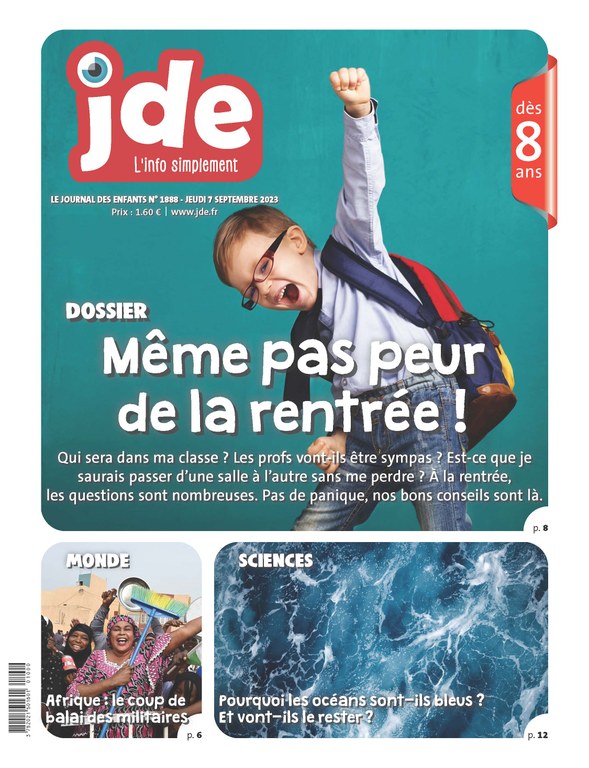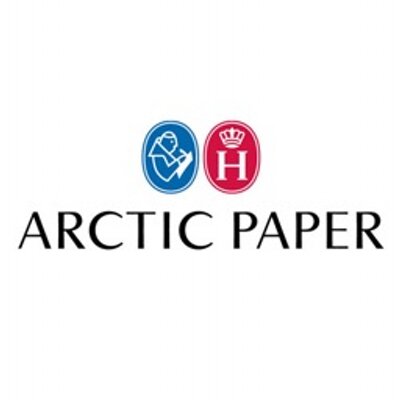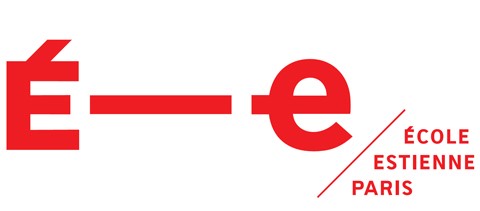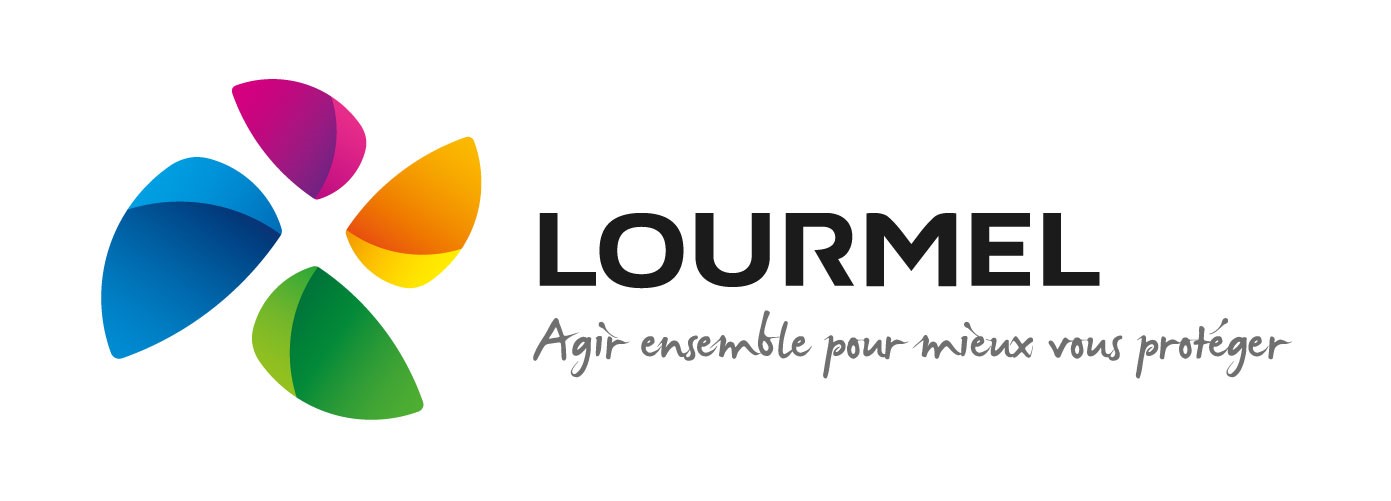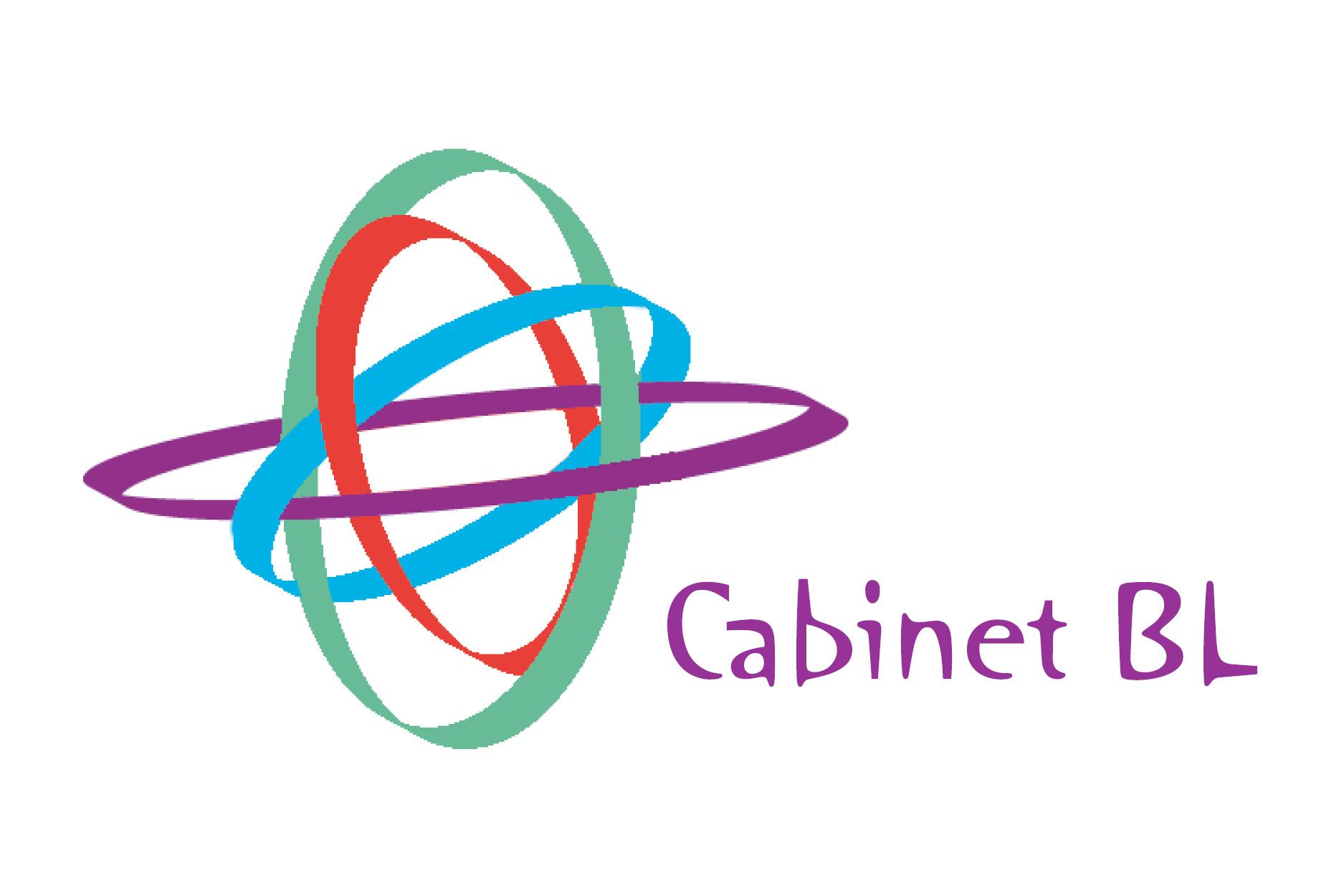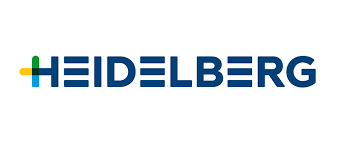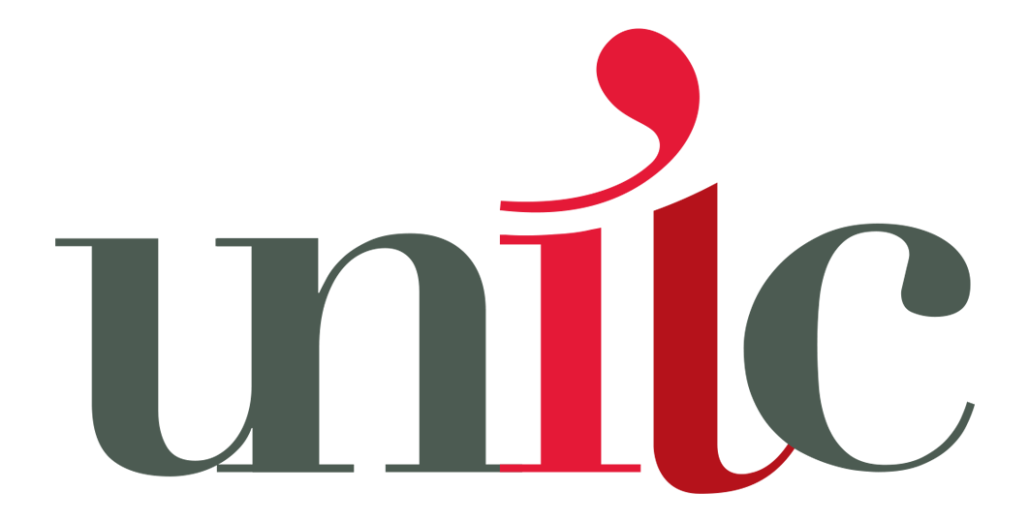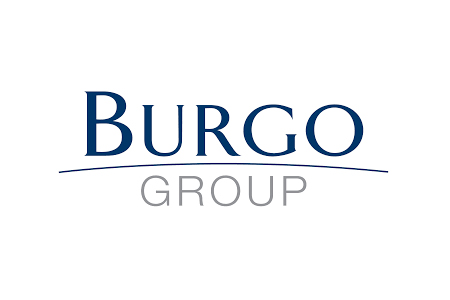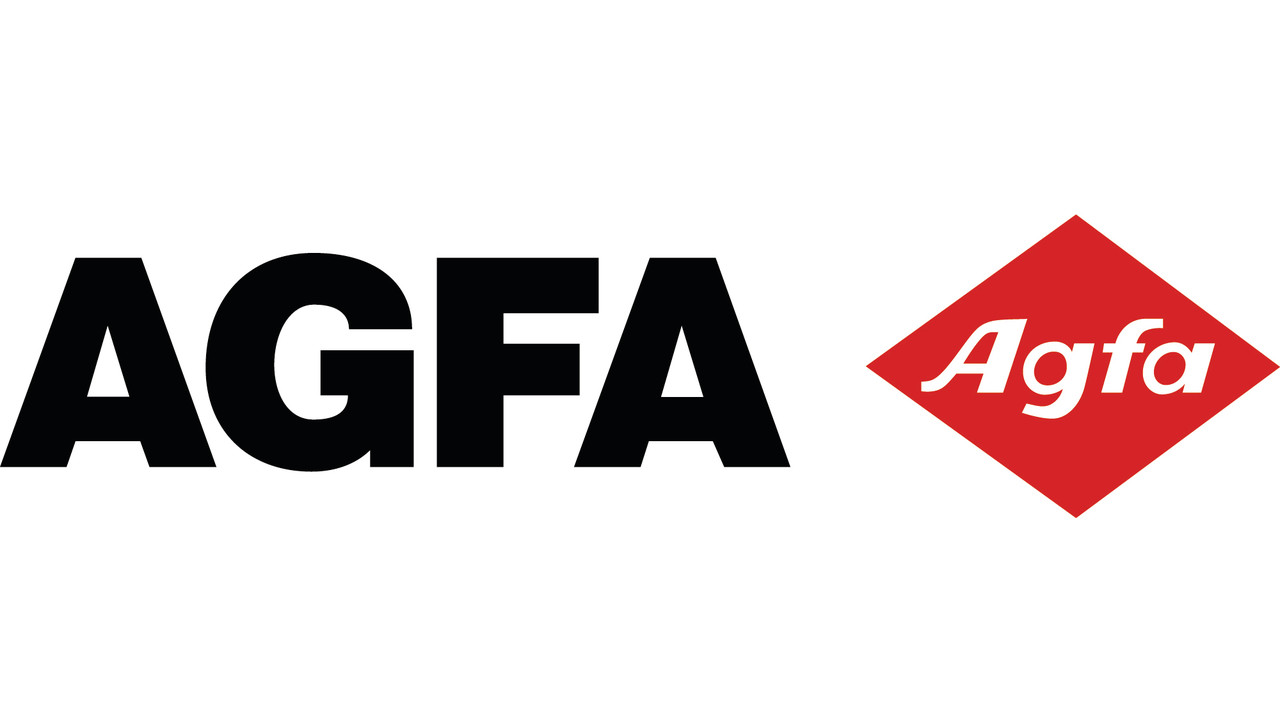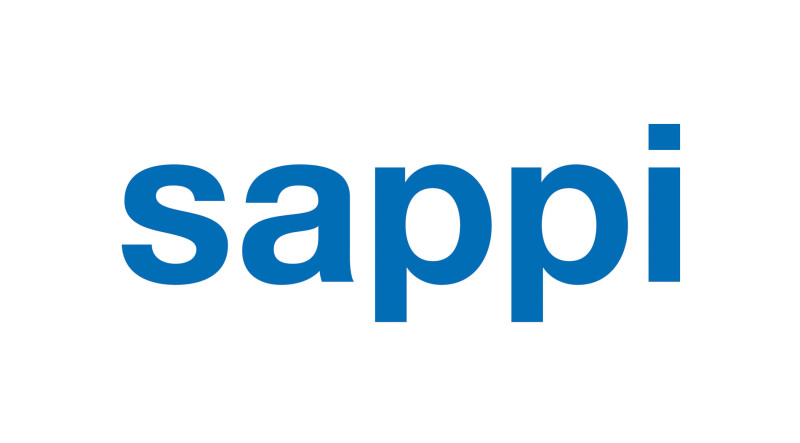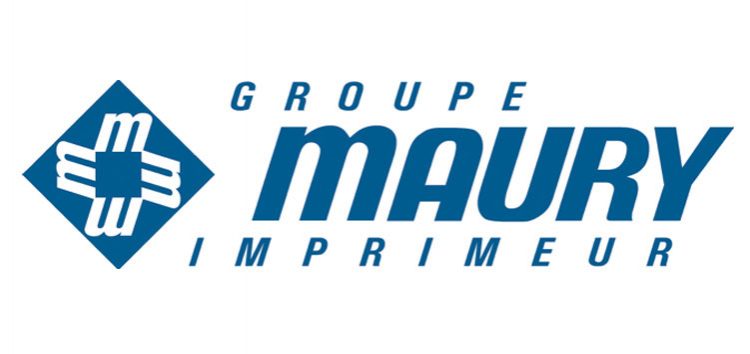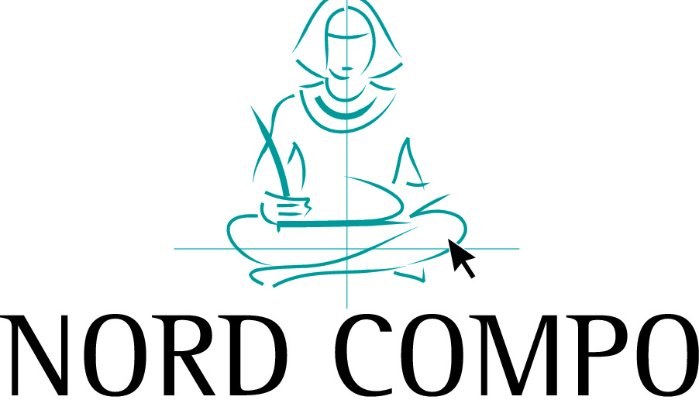Journal des Enfants to close amid renaissance in print news products for kids.
After exactly 40 years of existence, France’s Journal des Enfants will publish its last weekly edition on 28 March. Such a closure is unusual in Europe where weekly print publications for children have seen a renaissance in recent years.
The editorial director of Journal des Enfants (JDE) had signalled the possible move months ago by saying that she had been told her weekly for children could not commit to any new joint actions with similar news outlets.
“At a time when mistrust is plaguing the relationship between the French and the media, a brick from the base of this edifice is removed, further destabilising the structure,” read a staff statement released on Linkedin. “Who will the children of tomorrow trust to keep them informed? ”
JDE has 9,000 subscribers in France and around the world. It was founded in 1984 by Béatrice d’Irube with the help of the regional newspaper l’Alsace, owned by the Crédit Mutuel bank. The Crédit Mutuel bank now owns the EBRA press group, which includes both.
It was ground-breaking: France’s first newspaper to take children seriously as news consumers of real journalism. It won two WAN-IFRA World Young Reader Prizes for its work to explain press freedom to the young (2009) and its campaign to promote the importance of planting and nurturing trees (2016), plus a joint award for all France coverage of the 2015 Charlie Hebdo killings. Belgium’s Vers L’avenir used it as a model to start its own Journal des Enfants in 1992. Last year it created a partly free portal to support teachers with resources, lesson plans and teleconferences, especially about media literacy.
EBRA spokeswoman Stella De Vivo said JDE needed to close “despite its high editorial quality.”
“The reasons for this difficult decision are twofold,” she said.
“There has been a very strong and long deterioration in the market for children’s publications. This is linked to significant competition both within the general press market and for youth magazines themselves.
“JDE has also not been immune to the general difficulties encountered in the sector, notably substantial increases in paper and energy prices.”
Such a closure is unusual in Europe where weekly print publications for children have seen a renaissance in recent years. But none of those outlets contend with a level of competition for the roughly 9- to 12-year-old core audience that JDE has faced in France.
While challenges have come from the diverse portfolio of the formidable Bayard Jeunesse and from some smaller entities, its main competitor has been PlayBac Press.
After creating a first home-delivered daily for children in 1995, Mon Quotidien for ages 10 to 13, PlayBac followed soon with editions for age groups slightly younger (7-10) and older (over 13). Founding editor François Dufour has long tried to nudge his audience toward online, but they still will have none of it and want print. The combined paid circulation in early 2023 for the two editions covering JDE’s range of 7- to 13-year-olds was about 50,000, down from pre-pandemic days like all the French press, but still a large chunk of the market.
PlayBac has at least a slight cushion with additional revenue streams, notably a separate Special Editions department that does paid-for educational content for children and a robust educational games division.
“It’s always sad to watch a newspaper for kids die,” said Jerôme Saltet, another founder of PlayBac “In this case, I don’t know why JDE is stopping. Anyway, it’s bad news. Our daily newspapers for kids are not exactly in the same market due to our strong belief: “It’s easier to ask a kid to read 10 minutes a day than 1 hour a week.”
Whether daily or weekly, the approach to that audience requires a lot of never-ending work, says Corinne Vorms of Bayard Jeunesse:
“You have to bear in mind that every year, a children’s magazine loses 1/3 of its readers because, quite simply, they’ve grown up,” she explains. “So you must therefore attract a new third of your readership to maintain and develop circulation. Meeting this challenge is a major marketing and communications challenge.”
Boosting print profits while promoting the good
Publishers in some other European countries have found doing journalism for children in a weekly print format can add to the parent company’s bottom line.
This is at least in part because of the particular journalistic DNA shared by modern news products for children regardless of platform that JDE minted 40 years ago: treating real news, especially news children cannot avoid, with succinct but carefully crafted journalism and context, an emphasis on solutions and media literacy.
These editors also give extensive attention to audience members’ mental health with a story mix that doesn’t depress and even regular psychological advice.
One recent example of this was coverage of the start of the latest Middle East crisis that allowed these outlets to shine, partly because of their restraint.
“We don’t aim to inform them about every tragedy in the world,” explains Simon Thinggaard Hjortkjær, editor of Denmark’s Børneavisen. But we certainly want to help them understand if they have already heard about this in mainstream news sources, on social media or elsewhere.
The children’s news market is so important in Germany that it gets a designated editor at the national Deutsche Press-Agentur wire service to serve the mainly regional news companies whose editors are also able to support a pay-to-join national interest group.
Building healthy news habits
Lately, a key selling-point advantage for print versus digital approaches is that print gets children off screens for a while. (However, digital news for children is getting serious traction in the online space swamp, a topic we’ll treat in a follow-up story.)
Leading publishers in Austria, Denmark, Norway and Finland deem their print weeklies worth the work.
Kleine Zeitung counts on its children’s editions as both an investment in its future and as profit centres now. Kleine Kinderzeitung began in 2004 as a subscription weekly and now also offers some free online content.
It was followed in 2017 with the larger, wide-ranging Pausenzeitung. That publication serves teachers each month during the school year and made that educational emphasis clear from the start with the cover story about media literacy in its first edition titled “Don’t believe everything!”
Walter Hauser, head of reader/user market at Kleine Zeitung, credits a multi-pronged approach for the success.
“We have a flourishing subscription business for Kleine Kinderzeitung, and with Kleine Pausenzeitung we are publishing a subscription product for schools,” he explained. “We licensed both products to other publishers, and we developed innovative products for the ad markets.” Those products include supplements with branded educational material.
Norway’s Aftenposten Junior, founded in 2012, reached profitability in six months and now has a circulation of about 30,000. In 2020, it began a digital school edition (Junior skole) and has launched a science-focused spin-off magazine.
Like Hauser, Audun Solberg, editor-in-chief of the parent Aftenposten (Schibsted News Media), also first emphasises the mission of “contributing to children acquiring new knowledge and information about the society around them, through journalism that meets Aftenposten’s demands for quality and ethical standards.”
Aftenposten Junior will continue to be profitable, she says, thanks to individual subscribers and collaborating with teachers and schools to provide“up-to-date information that can be integrated into the curriculum.”
However, all has not been profitable for Schibsted in this sector. It licensed the concept to Postimees Juunior in Estonia starting in 2019. That supplement was gone within three years amid tepid reader response.
Alternatives to digital
Finland’s Lasten Uutiset has done research to confirm why a weekly print product for children works there.
“Basically we exist as a print entity since it seems to be what the kids and parents want,” says Fanny Fröman, who directs youth initiatives for the parent company, Helsingin Sanomat. “Our reader surveys show that kids like the print format, and parents are eager to buy kids something that is not digital.”
Founded in 2016, Lasten Uutiset was first a free weekly news broadcast also available on YouTube and now seen regularly in most of Finland’s primary schools. The company added a home-delivered, subscription print weekly of the same name in 2020.
The print weekly for children was profitable within months of its founding and now has 18,000 subscribers, Fröman says.
A least one publisher outside Europe is investing more in its print edition for children, partly to attract “reluctant readers.”
Straits Times (Singapore) began The Little Red Dot weekly in 2005. It has regularly won international awards since then, serving as a model for excellent practice.
“The team behind it had noticed that our children reading it had of course evolved as a generation,” explains Straits Times editor Jaime Ho. “Their needs and tastes had changed, and there was a need to sharpen the way the title catered to them. This was both in aesthetics and content.”
The company did a makeover also designed to attract “reluctant readers” by increasing visuals, doing stories at appropriate reading levels and including subject topics that “tickle their interest more,” he says. “We hope to make reading far more fun and natural for them.”
